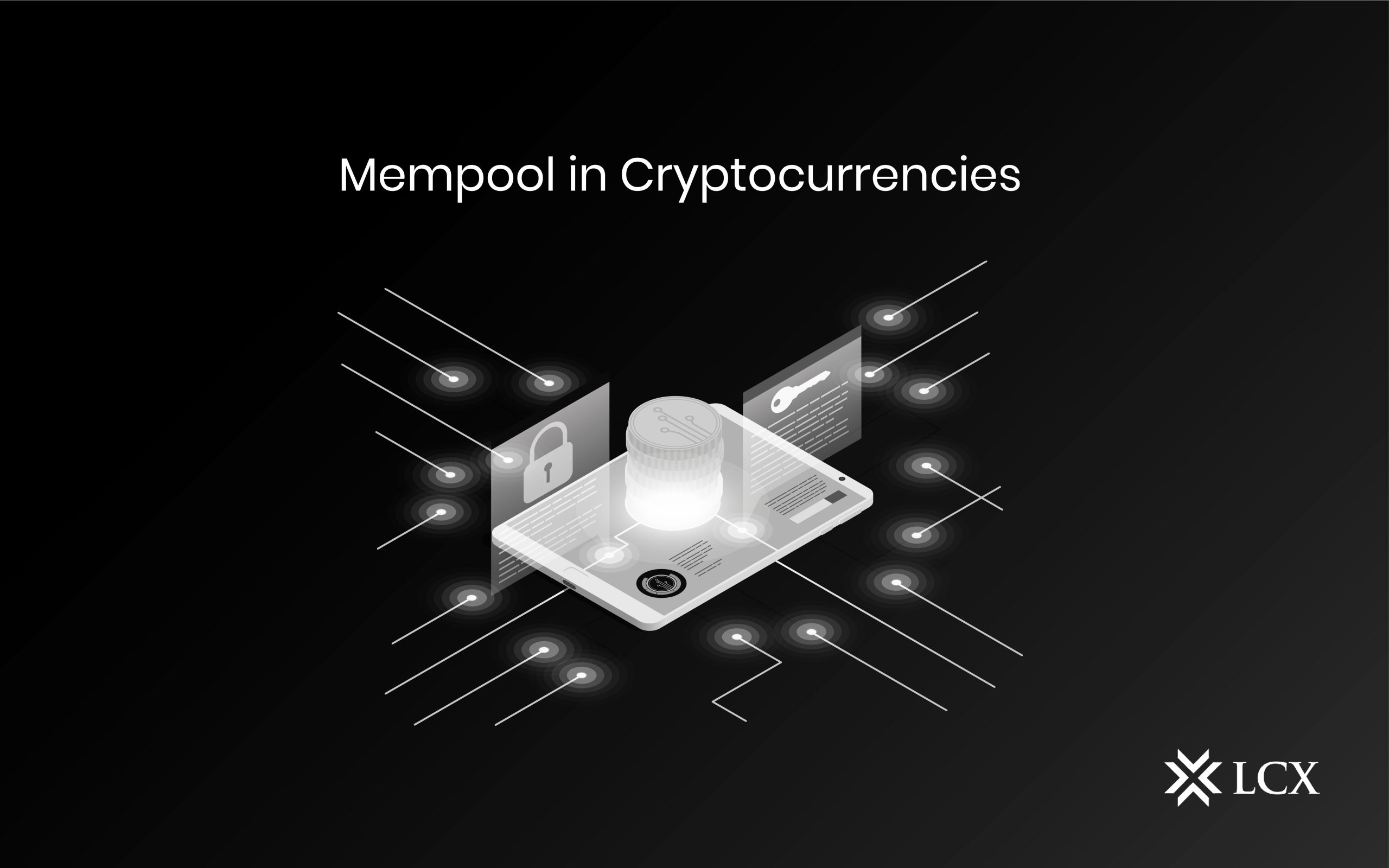If you have been interacting in the Bitcoin community for a long time, you would have come across the term “mempool.” Mempool is short for memory pool and plays a significant role in all the transactions happening on the Bitcoin network.
What Is Mempool?
The mempool is where all valid transactions are held while the Bitcoin network confirms them. With a large mempool size, there will be more network traffic, resulting in a longer average confirmation time and higher priority fees.
The following terms are crucial in mempool:
- The mempool size is a valuable statistic for estimating how long a blockage will last.
- The transaction count chart for the mempool shows how many transactions are generating congestion.
How Does It Work?
- When a Bitcoin transaction is sent to the network, it is first confirmed by all Bitcoin nodes.
- After passing the verification process successfully, it sits in a node’s “Unconfirmed Transactions” region, known as the mempool. The transaction waits patiently until it is picked up by a miner and included in the next block.
- The Mempool serves as a waiting space for all pending transactions on the node. The number of mempools is equal to the number of nodes. Because not all nodes receive the same transactions simultaneously, some nodes keep more information at any given time than others.
- Because everyone can run their node on whatever hardware they want, each node has a different capacity for storing unconfirmed transactions. As a result, each node has its version of the pending transactions, which explains the wide range of mempool sizes and transaction counts reported by various sources.
- When a node receives a new valid block, it removes all of the transactions contained in the block and any transactions with conflicting inputs from its mempool. This can cause a significant reduction in the size of the mempool.
- The nodes begin prioritizing transactions when the Mempool is filled by setting a minimum transaction fee threshold. Only new transactions with an extensive enough fee are permitted access to the Mempool, and transactions with a fee rate below the threshold are instantly eliminated.
It’s important to note that all nodes share no universal pool. Each one is set up differently, and transactions arrive at different times. Low-end devices with low resources may only allocate a tiny amount of RAM to transaction logging, but higher-end devices may devote much more.
Its Importance:
BIP 35 includes the Mempool (Bitcoin Improvement Proposal No.35). The motive of this proposal was to enable the access of the mempools of other nodes to the outside nodes.
This is beneficial in a variety of situations:
- Clients using SPVs (also known as lite wallets) want to know about transactions before they’re confirmed and entered into a block.
- Miners are interested in checking for profitable fees or downloading the current “transaction waiting list” to begin confirming transactions.
- Remote network troubleshooting.
- The better the user experience, the faster transactions are cleared from mempool and added to blocks on the Blockchain.
In other words, if new transactions come faster than they are cleared from the mempool into blocks, there will be a “traffic jam,” and transactions will take a long time to be approved (depending on their size and attached fee).
Because miners are primarily driven by profit, transactions with more significant fees are more likely to be rejected from the mempool immediately after confirmation. Estimating fees accurately is challenging, especially when block space is limited and demand is strong, but the mempool can help.
The current unconfirmed transactions can be used to estimate fees. In times of low throughput, it comes down to the fact that users should not overpay. They should also not underpay for time-sensitive transactions during peak hours, as confirmation may take some time. They can make an informed judgment about how quickly their transaction will be included by considering the spread of fees at any particular time.
Conclusion:
Mempool is a waiting area where the unconfirmed transactions are held until the bitcoin network confirms them. Without mempool, the bitcoin network would become a super congested platform with no decorum. Thus, it is a vital tool that keeps your transactions a smooth process.









